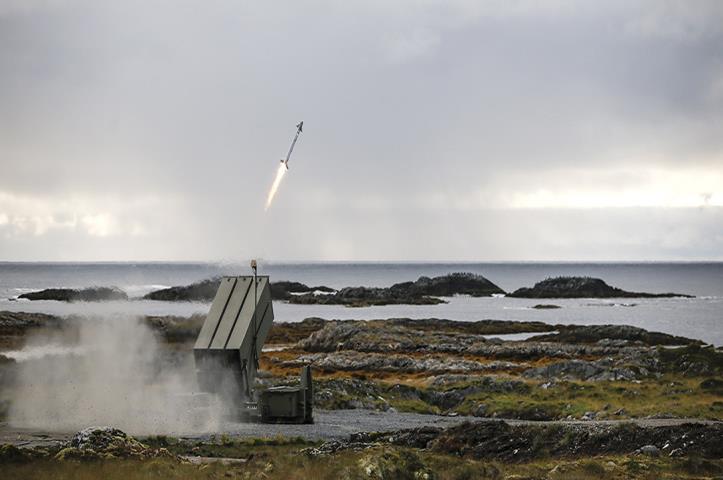TRIDENT ELDING 2022
WHAT IS IT?
The Air Force Strategic Development Planning and Experimentation (SDPE) Office evaluated low-cost, high-technology-readiness-level capabilities that could provide near-term air defense against cruise missiles.
Analysis by SDPE and other Department of Defense organizations evaluated air defense systems that could to provide this near-term capability. All analyses concluded that the National Advanced Surface-to-Air Missile System (NASAMS) was viable for providing a near-term defense solution.
NASAMS is a ground-based kinetic cruise missile defense capability that multiple nations have successfully fielded for several years. It employs a radar, a fire distribution center and a canister launcher with various missiles to offer layered defense capability at a much lower cost than existing cruise missile defense systems.
The upgraded NASAMS MKII launcher can fire multiple missile types, offering layered defense capability at a lower price than other existing cruise missile defense capabilities.
The SDPE office experimented with this capability to assess the operational utility of the system to inform strategic investment decisions and address doctrine, organization, training, materiel, leadership and education, personnel, facilities and policy (DOTMLPF-P) implications.
In the summer of 2022, SDPE conducted an experiment called Trident Elding to assess the operational utility of NASAMS and provide those results to inform USAF strategic investment.

Photo Credit: AFRL
Trident Elding was conducted at the Andøya Space Defence Test Range in Norway, with the support of Raytheon Missiles & Defense, Kongsberg Defence & Aerospace, and the Royal Norwegian Air Force.
The main objective was to evaluate the ability of Air Force Command and Control to composite external sensors inputs and provide a weapons quality track to the NASAMS Fire Distribution Center for threat engagement. Additionally, SDPE evaluated the layered defense capability to engage multiple targets using various effector options.
The multi-missile configuration expanded upon previous NASAMS single-missile capability by adding options for cost-per-shot, engagement envelope and seeker capability.
SDPE successfully integrated USAF Command and Control (C2) and defeated small raids of target aircraft with the multi-missile NASAMS configuration.
Trident Elding demonstrated that a layered defense solution could provide immediate defensive capability against cruise missiles.
